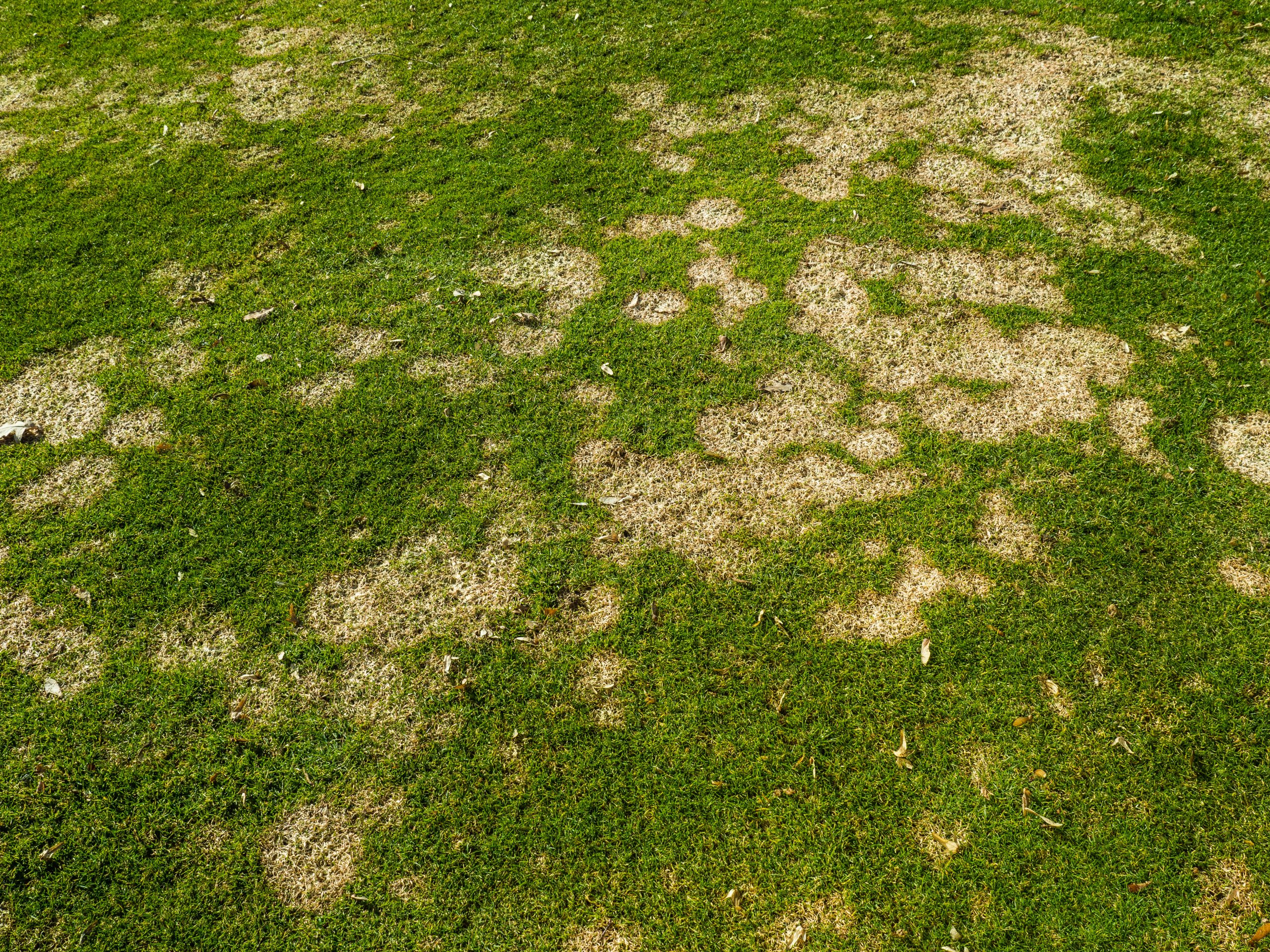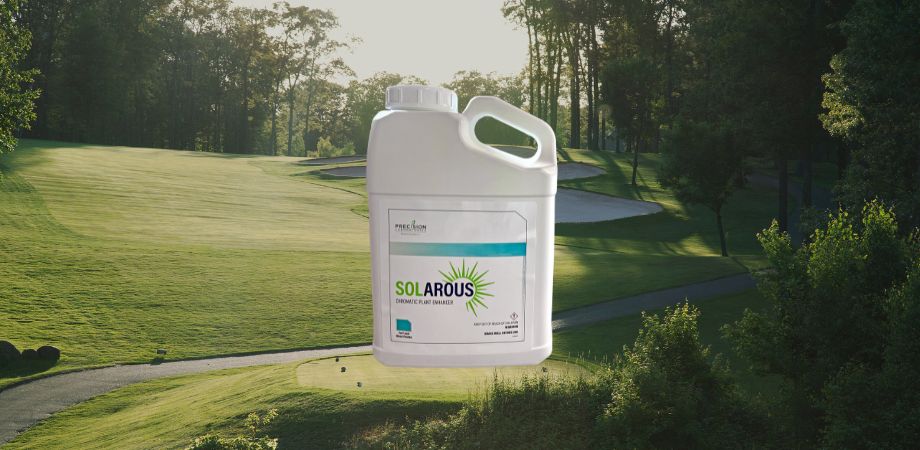Tank-mixing is a valuable practice for several reasons. Of course, it improves the efficiency of your crew by allowing them to apply multiple types of products at one time. But it can also enhance the efficiency of the products themselves and help prevent fungicide resistance.
Fungicide resistance is a serious threat to turf health. The pathogens that cause turf diseases can become resistant to fungicides if products are not applied appropriately. It’s the same reason people must follow prescriptions so the bacteria that cause human illnesses don’t become resistant to antibiotics.
On the turf side, preventing resistance involves combining fungicides with different chemistries into one application. Some combination products do this for you, with multiple active ingredients. Other times, you can tank-mix products yourself to achieve the same effect. By combining products with different FRAC codes and modes of action, you can apply them together in a single pass.
When it comes to tank-mixing, the main caution is to not combine two chemistries of the same mode of action. Mode of action (MOA) refers to how a chemical actually functions in a plant to kill a pathogen. You don’t want to overdo an MoA, because that allows the pathogen to build up resistance to it. When planning your tank-mix combination, it’s important to distinguish between MoA and FRAC group.
The Fungicide Resistance Action Committee uses FRAC codes to group similar active ingredients together. A fungicide with multiple active ingredients would have multiple FRAC codes because it combines chemistries from different groups. These combination products help prevent resistance in a way similar to tank-mixing.
When tank-mixing, keep in mind that FRAC codes differentiate by specific qualities of a group of chemistries—not necessarily by their MoA. Therefore, it’s possible to combine active ingredients with different FRAC codes but with the same MoA. Doing so would limit the effect of your efforts to prevent resistance.
The FRAC website lists FRAC groups that share an MoA. For example, “inhibitor of ß-tubulin assembly in mitosis” is the MoA of FRAC groups 1 and 10. Combining an active ingredient from group 1 with an active ingredient from group 10 would not be as wise as combining two active ingredients from different FRAC groups and with different MoAs. Another example is “sterol biosynthesis inhibitor (SBI) fungicides,” which is the MoA of four FRAC groups.
In addition to FRAC groups, Ohio State’s Families of Fungicides for Turfgrass is a helpful tool when combining products. Chemical families group active ingredients with similar traits, including mode of action. Some chemical families are more susceptible to resistance than others, which you can see in the chart.
Ultimately, combine chemicals across FRAC groups as well as MoAs when tank-mixing. This strategy will deliver active ingredients that inhibit the disease differently, improving product efficacy and reducing the risk of resistance. As always, reading product labels to determine which products are safe to tank-mix is essential. Your sales rep can help you understand your options and decide what will work best for your course.












